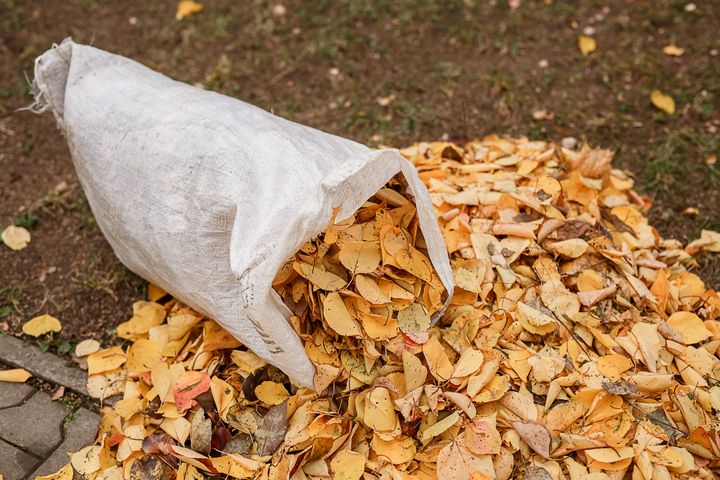
With the cold weather creeping in, the instinct of many gardeners (myself included) is to put our feet up a little.
But while the upcoming winter does promise some calmer months ahead, prepping your outdoor space for the harsher climes is well worth doing in November.
So, we thought we’d share the tasks you should get going on as November approaches (after all, the work of a gardener is never done).
1. Clear fallen leaves
We’ve written before about how valuable fallen leaves can be ― leaving them in a pile in a quiet part of your garden, creating a leaf bay, or just composting them in a bin bag to create leafmould are all great alternatives to throwing the leaves away.
But that doesn’t mean raking is out of the window ― clearing your leaves from the lawn, and especially your pond (where the rotting foliage can deoxygenate the water), is a crucial task. Consider netting your pond too for easier removal.
2. Get those cloches out
Veggies like winter peas, beans, and salad veg are all in need of a little support in the colder, windier months ahead. So, adding a fleece or cloche (basically a cross between a cover and a hat) to vulnerable vegetables can help to shelter them in the winter ― just make sure they’re open-ended to ensure ventilation.
While we’re on the topic, now is a good time to consider netting your brassicas to prevent whitefly and pigeon attacks. Bring very cold-averse plants into your greenhouse (if you have one) for protection, too.
3. Lift your pots off the ground
Autumn and winter is prime time for waterlogging ― which is especially likely when you’re dealing with plant pots on the ground. So, now is a good time to lift your pots with pot feet ― it’ll also help to prevent the soil in your pots from freezing.
4. Speaking of greenhouses, you can insulate them with bubble wrap now
Bubble wrap is a cheap way to ensure your greenhouse maintains any heat it holds onto without affecting the amount of light it attracts ― just clean your glass first, and apply the wrap in long, unbroken strips to ensure the least cracks. You can attach it via plastic clips.
The downside of the higher temps is worth considering, though ― the added condensation can mean some gardeners have to be warier of mould. Wrapping bubble wrap around specific containers or certain parts of your greenhouse can provide a happy middle ground.
5. Prune dormant plants
If you’ve got plants that have officially started their hibernation season, it’s usually a good idea to gently prune them to discourage woody growth in the spring. However, some plants ― like late-blooming ivy ― are still growing. Leave these to help provide food for insects and birds.
6. Put your old pumpkins to good use
You can use post-Halloween carved pumpkins for composting, as a bird feeder, and as a planter, too. Just ensure the pumpkin is in good nick for the last two jobs ― otherwise, it’s better off in your compost heap.
7. Make your bonfire more garden-friendly
If you’re having a bonfire this year, there are a couple of ways to make it work better for your garden. Firstly, check to make sure you aren’t burning out any hedgehogs, birds, or other animals (you’d be surprised at how many hide out in your garden).
Secondly, the Royal Horticultural Society (RHS) says that your bonfire can be a good time to dispose of garden debris that can’t be safely thrown away or composted.
And above all else, enjoy your garden!